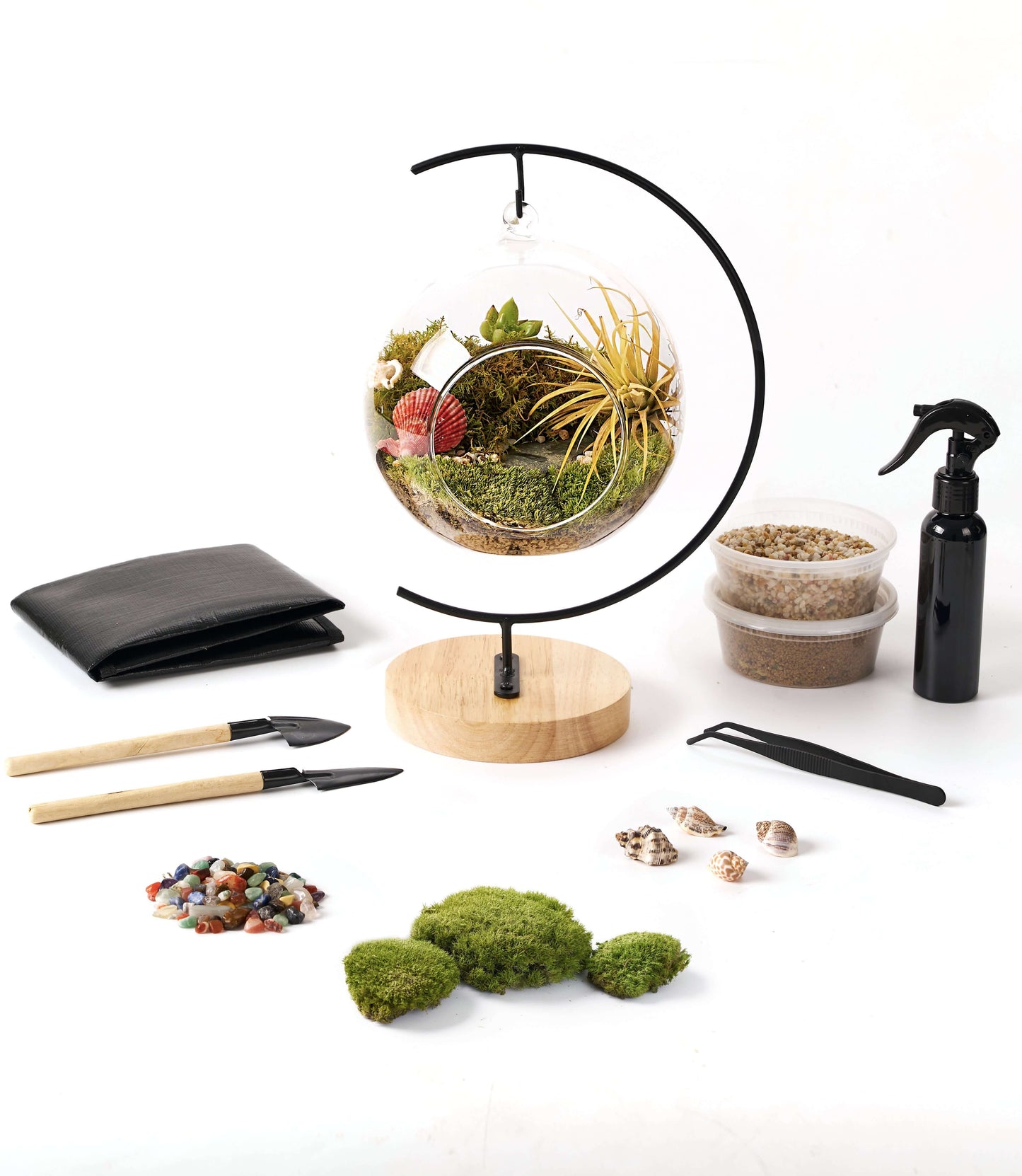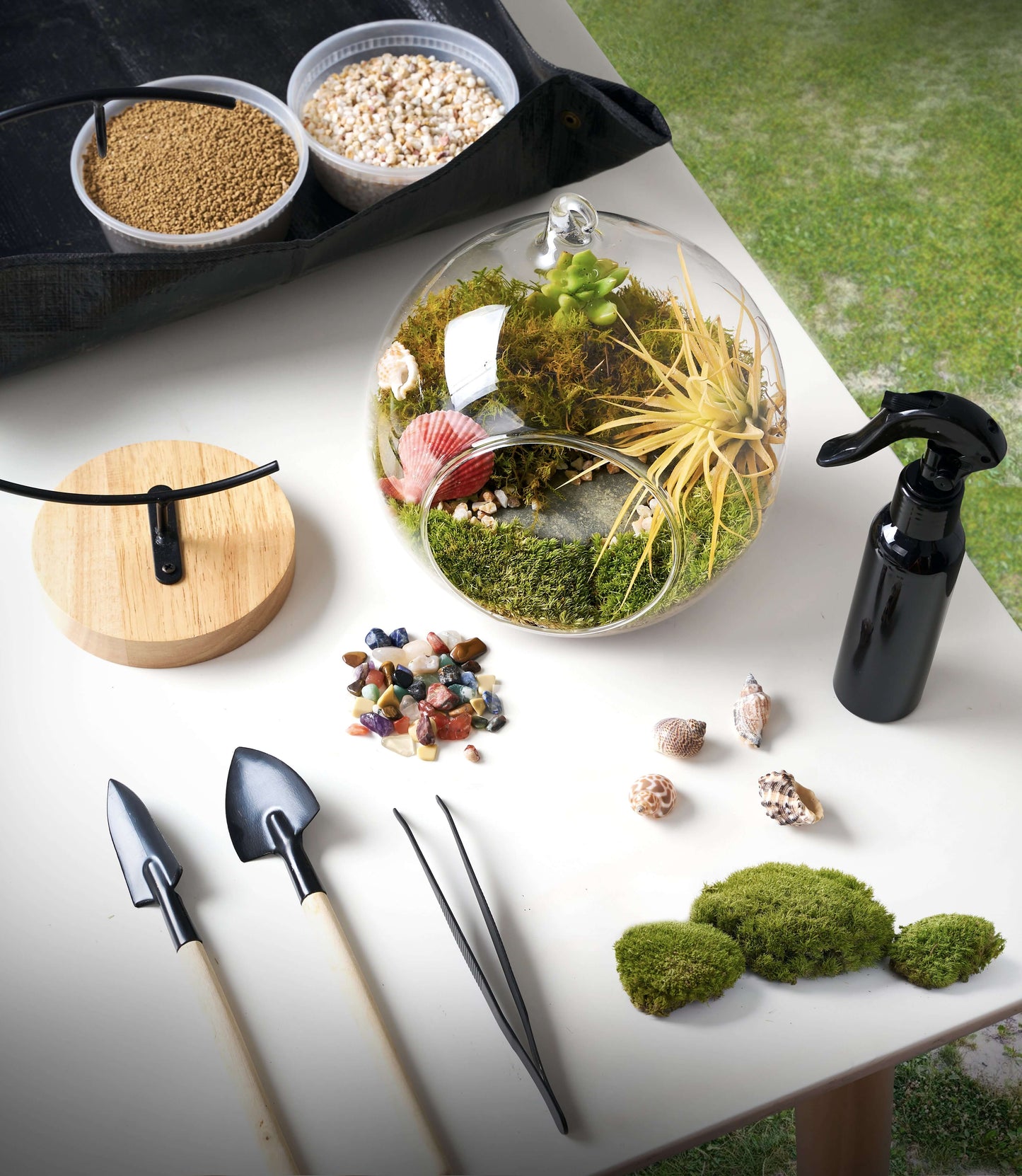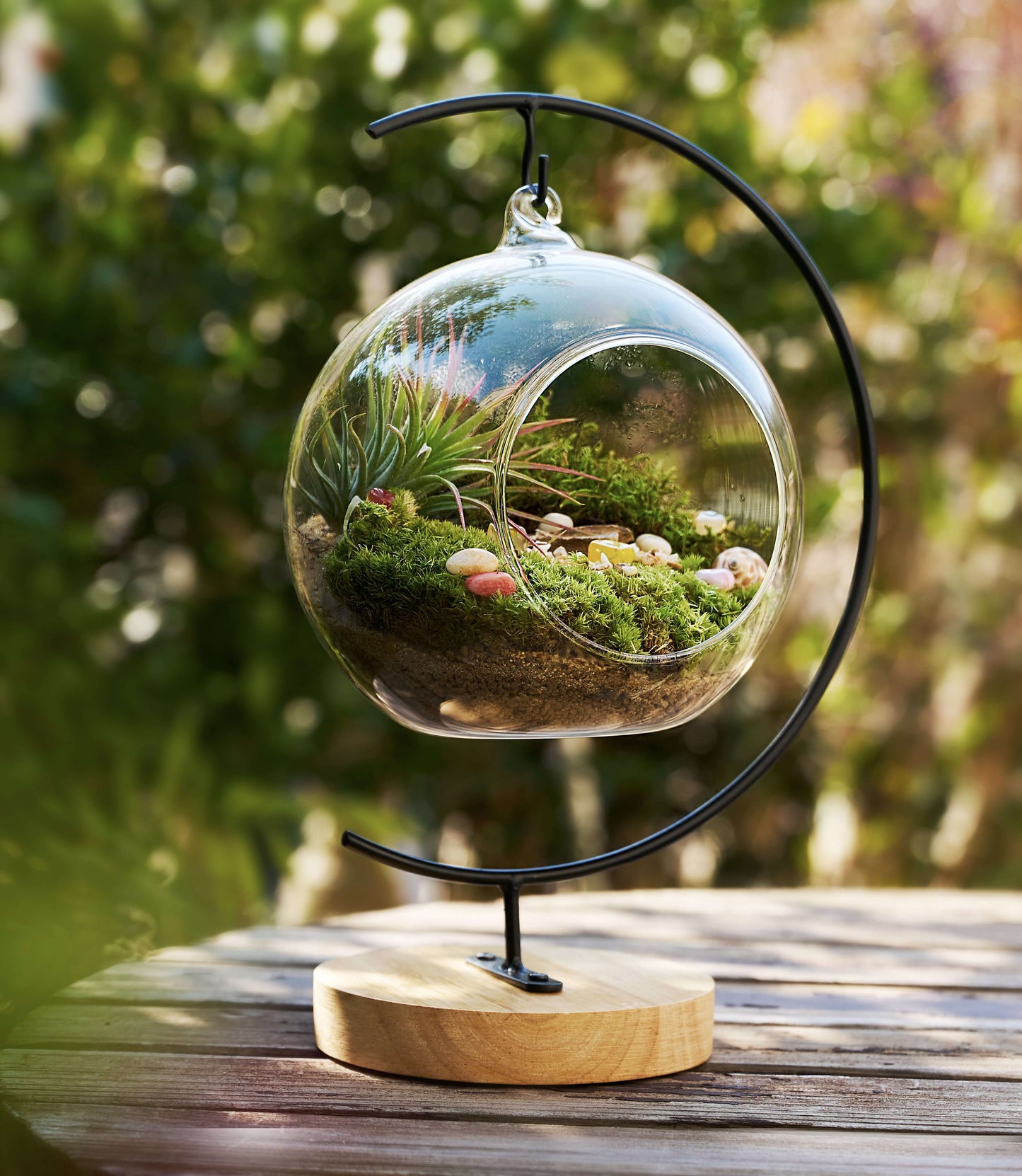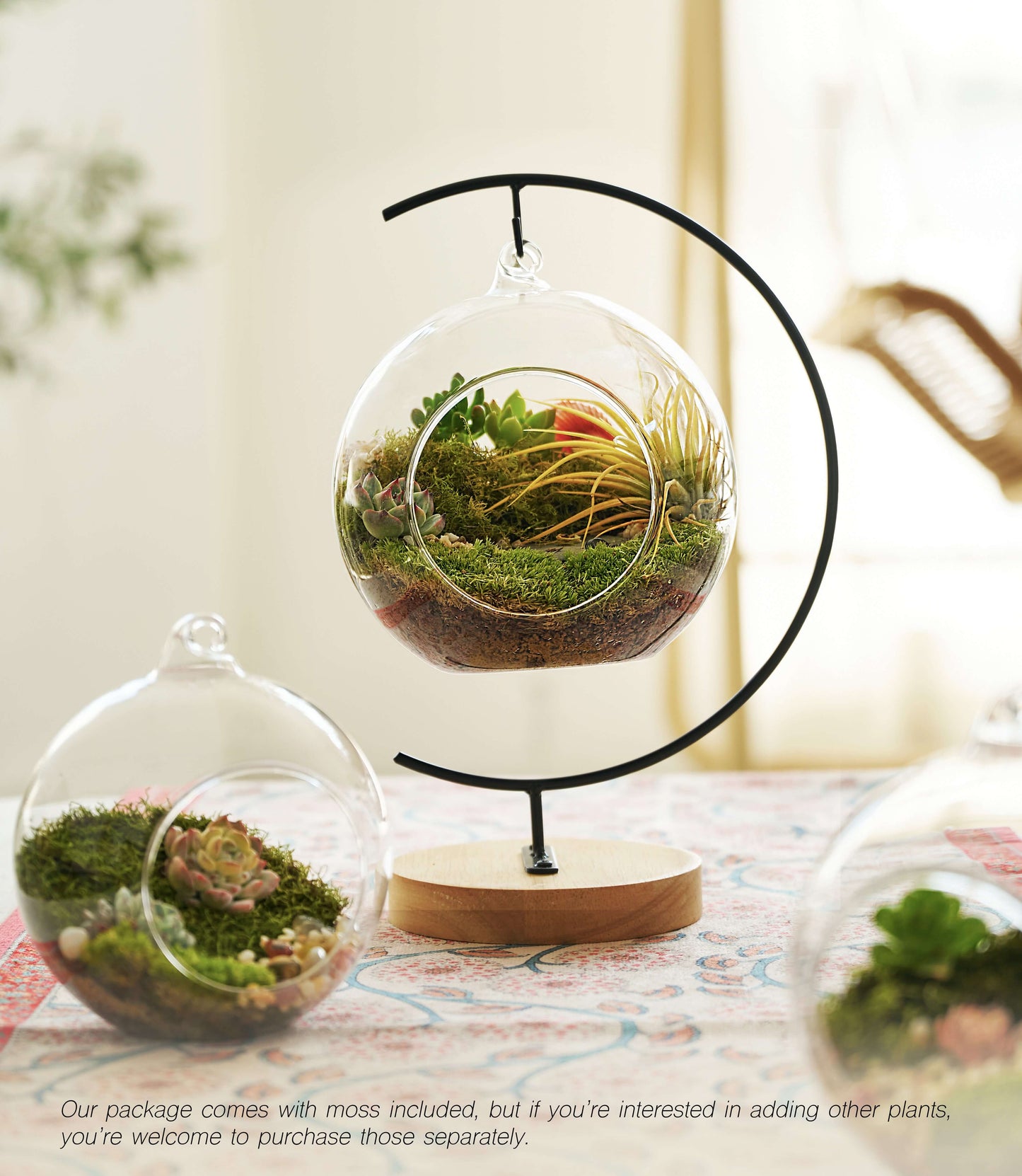Live Moss Care Guide – Pruning Management and Propagation Tips (Q61–Q80)
Pruning Management and Propagation Tips
How can you trim moss without damaging it? How can you replant healthy moss? How can you plant moss exactly where you want it? In this section, you'll learn practical ways to keep moss neat, encourage new moss growth, and propagate moss to enhance your home's greenery.
Q61|Can moss be pruned?
A: Yes, you can. Regularly trimming away yellow leaves and dense parts with small clean scissors not only improves ventilation, but also helps to stimulate the growth of new shoots.
Q62|How to propagate moss quickly?
A: You can use the tearing method or the stem segment method, laying healthy moss segments flat on a moist substrate and maintaining a high humidity environment, and the initial attachment can be achieved within 7 to 10 days.
Q63|How long does it take for moss to recover after pruning?
A:New shoots are usually visible in 2~3 weeks. During the recovery period, you should maintain humidity and shade to avoid disturbing the attachment process.
Q64|Can moss be cut very short?
A: It can be cut moderately short (leave 1cm or more) to help shape and promote dense growth. However, it is not recommended to cut flat against the ground, which will affect the recovery.
Q65|How to make moss form a green carpet faster?
A: Use the method of spreading multiple short stems evenly over the surface of the substrate, and keep high humidity and shade, and assist compaction to facilitate rapid succession.
Q66|Can I still use the cut moss?
A: Yes. Healthy cuttings can be re-cultivated as new planting material, just make sure that it is moist and adherent.
Q67|Can moss be propagated by division?
A: Yes. Some species such as cushion moss and white hair moss can be divided into small pieces by tearing the whole mass into small pieces for dividing and laying.
Q68|Can mosses be propagated by floating in water?
A: It is not recommended. Most of the mosses are not suitable for floating propagation, they need to be attached to the surface of the substrate for asexual expansion.
Q69|How can I tell if the moss has been successfully attached?
A: If it is not easy to be moved by gently plucking, the leaves are spreading and new shoots are growing, it means that the moss has been successfully adhered and started to grow.
Q70|Can mosses be mixed?
A: Yes. It is recommended to mix species with the same light and humidity requirements, such as silk moss + mimosa to avoid ecological conflicts.
Q71|Do mosses need root trimming when transplanting?
A: Mosses have no real roots, so there is no need to trim the “roots”. However, you can trim the base of the stem to avoid messy, so that it can be reattached.
Q72|Is moss suitable for propagation on rocks and wood?
A: Yes. Rough surfaces such as volcanic rocks and tree barks can be used as the substrate for attachment, but it should be moisturized and compacted at regular intervals.
Q73|Does moss need to be shaded after propagation?
A: It is recommended to use shade cloth or place it in a semi-shade environment at the beginning of propagation to reduce transpiration and increase the success rate of attachment.
Q74|How to improve the success rate of moss propagation?
A: Maintain high humidity, moderate temperature (64.4~75℉), low light and stable environment while avoiding frequent moving or disturbing the substrate.
Q75|Can mosses be propagated throughout the year?
A: Yes. It can be operated in all seasons under good indoor management. Spring and fall are the best seasons for propagation under natural environment.
Q76|How long does it take for moss to be displayed normally after propagation?
A: Generally, moss can form a uniform green cover in 4-6 weeks, which is suitable for display or ecological landscape construction.
Q77|Is moss suitable for mass propagation?
A: Yes. Especially mosses such as mimosa and silk moss are fast-growing and resistant to pruning, so they can be propagated in wet trays as large seedlings.
Q78|How fast does moss grow?
A: It varies greatly depending on the species, and generally extends outward by 1 to 5 millimeters per week. Feather leaf moss is slower, silk moss and mimosa moss are faster.
Q79|Can mosses be left unpruned for a long time?
A: It is not recommended. Not pruning for a long time will lead to over-thickness of the moss layer, poor ventilation, and breeding of diseases. It is recommended to prune once a month.
Q80|What precautions should I take when pruning moss?
A: Use clean and sharp scissors to avoid pulling the wound; keep ventilation before and after operation to avoid moisture and mold on the cutting surface.
Collections
-

Buy Live Sheet Moss – Fresh Moss for Terrariums, Orchids & Home Decor
Bring nature into your home with our fresh Live Sheet Moss. Perfect...
-

Buy Live Cushion Moss – Natural Dome Moss for Terrariums, Bonsai & Indoor Décor
Bring a lush, soft green touch to your projects with Live Cushion...
-

Buy Live Fern Moss – Lush Green Moss for Terrariums, Vivariums & Natural Décor
Fern Moss is a vibrant, feathery-textured moss that adds softness and a...
ICRAFT
15-Piece Terrarium Kit with Live Moss – DIY Glass Globe Set with Tools, Soil, Stones & Spray Bottle – Indoor Mini Garden Gift for Plant Lovers, Home Decor & Zen Craft












